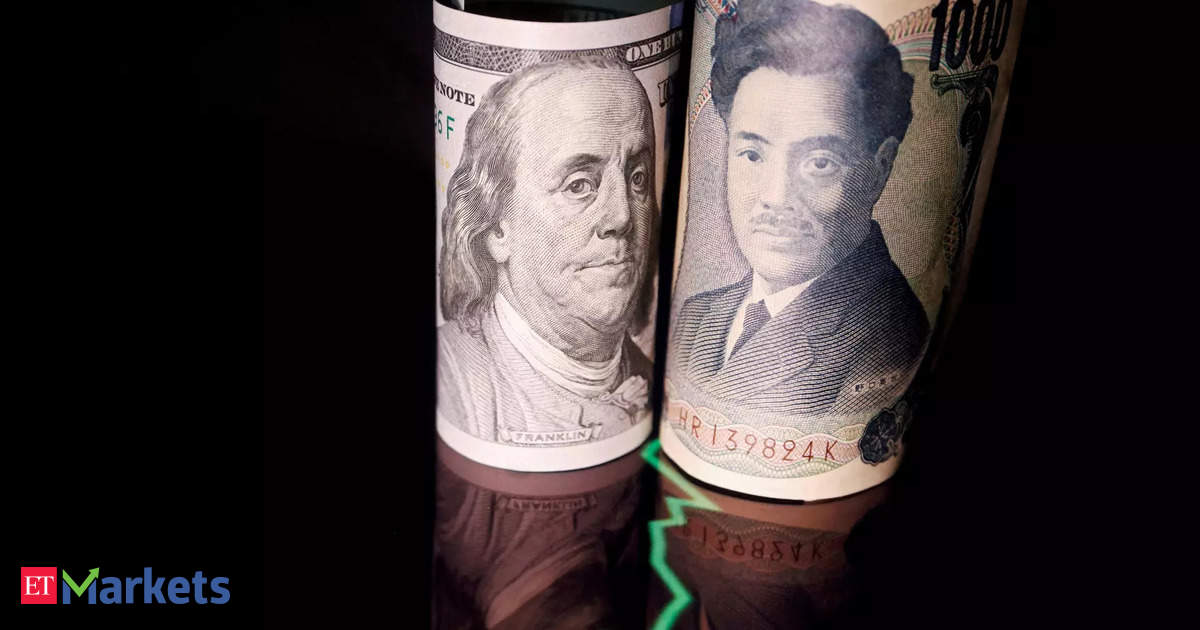Dollar index near highest level in four months; yen pinned close to 152
While the BOJ raised rates for the first time in 17 years, its policymakers' commitments to go slow on further increases have hammered the yen especially given the still-wide Japan-U.S. yield gap.
The yen has been under pressure for years as U.S. interest rates have climbed and Japan's have stayed near zero, driving cash out of yen and into dollars to earn so-called "carry".
Japanese officials have carried on with their efforts to talk up the currency for days, with the threat of an intervention presenting stiff resistance for the U.S. dollar.
"If we do get above 152 with or without intervention, the market will feel bolder, and people are talking about that 155 area. It's hard to talk about it as resistance really, since we haven't really seen it in a generation," said Marc Chandler, chief market strategist at Bannockburn Global Forex.
Japan intervened in the currency market three times in 2022, selling the to buy yen, first in September and again in October as the yen slid towards a 32-year low of 152 to the dollar.
"It certainly seems like the market is very fearful of the 152 (yen per dollar) level," said Jane Foley, head of FX strategy at Rabobank.
The dollar index was last down 0.278% at 104.48, around its highest level since November. The benchmark 10 year U.S. Treasury yield hit a four month high of 4.405% on Tuesday on the back of yet another run of resilient U.S. economic data.
Manufacturing is growing for the first time in 1-1/2 years and in March, there was a greater-than-expected rebound in new orders for U.S.-manufactured goods, while the labor market stayed resilient.
Traders expect about 70 basis points worth of rate cuts by the Federal Reserve this year - less than the central bank's projections, with the start of an easing cycle fully priced in for July.
Fed officials have also signaled that they are in no rush to ease rates.
Elsewhere, the euro was up 0.36% at $1.0807, while the pound was up 0.21% at $1.2605.
Wednesday data showing a surprise fall in euro zone inflation last month, and solidifying the case for the European Central Bank to start lowering borrowing costs, did little to shake the common currency, as markets were already confident of a June ECB rate cut.
The Chinese yuan, which has been shaken by a resurgent U.S. dollar, last stood at 7.2356 per dollar in the onshore market, languishing near a 4-1/2-month low hit on Tuesday, despite stronger Chinese manufacturing data, and Wednesday's service sector release.
Its offshore counterpart was steady at 7.2558 per dollar.
(Reporting by Hannah Lang in New York and Alun John in London; additional reporting by Rae Wee in Singapore; Editing by Sam Holmes, Barbara Lewis and Toby Chopra)
Source: Forex-Markets-Economic Times
